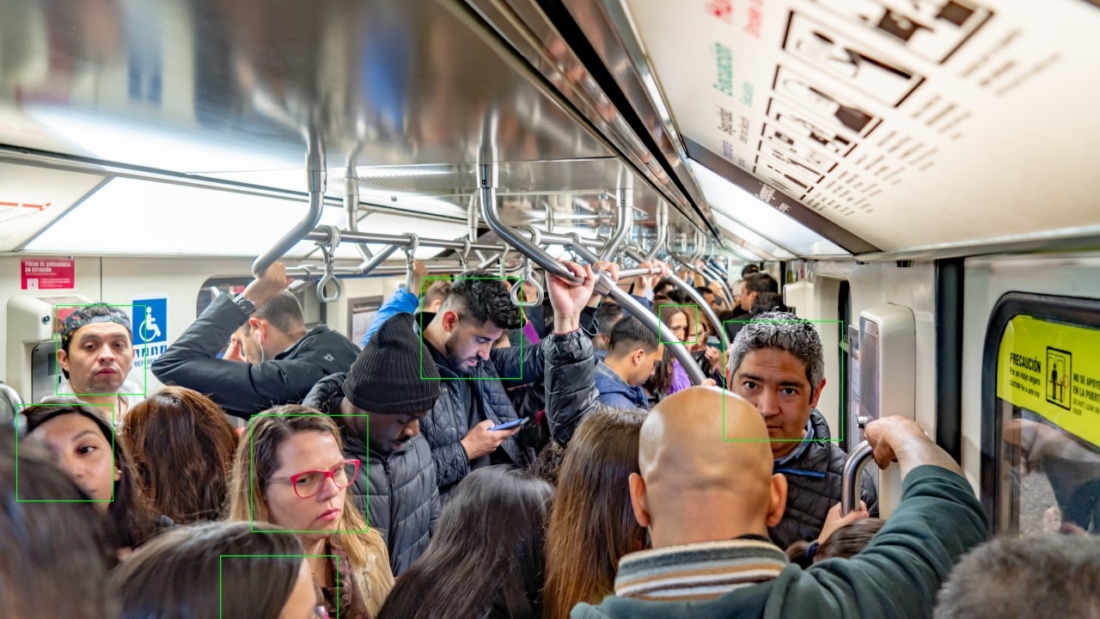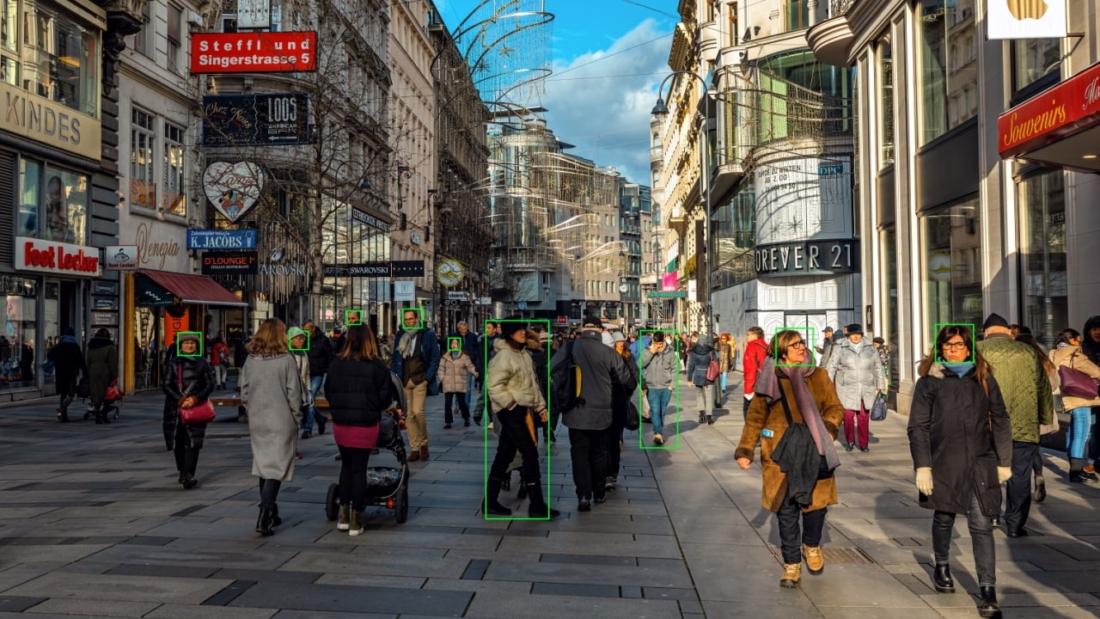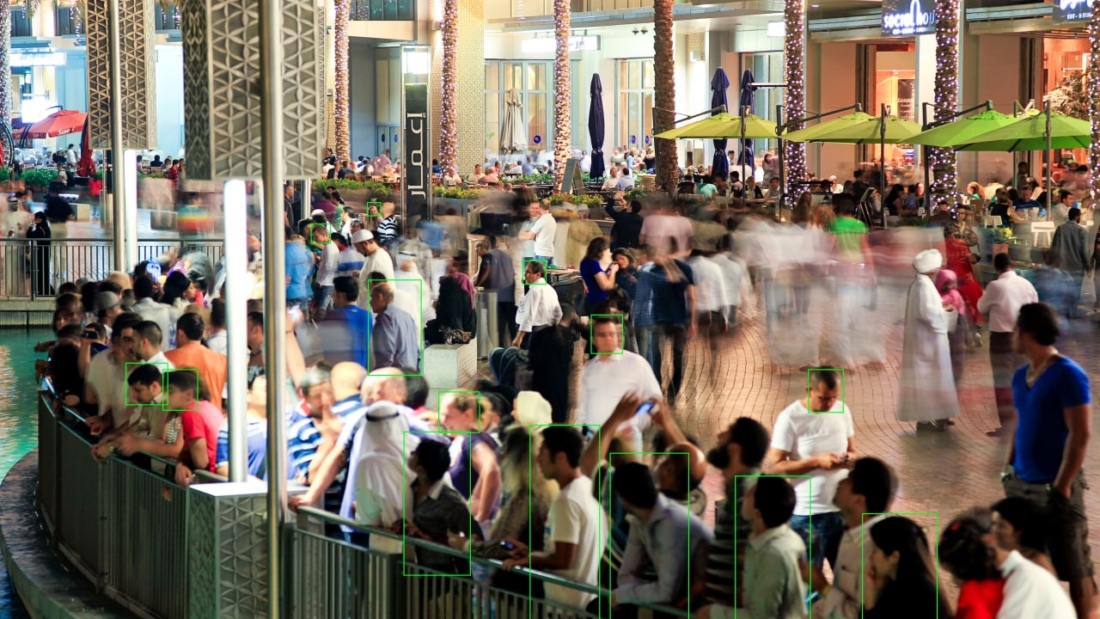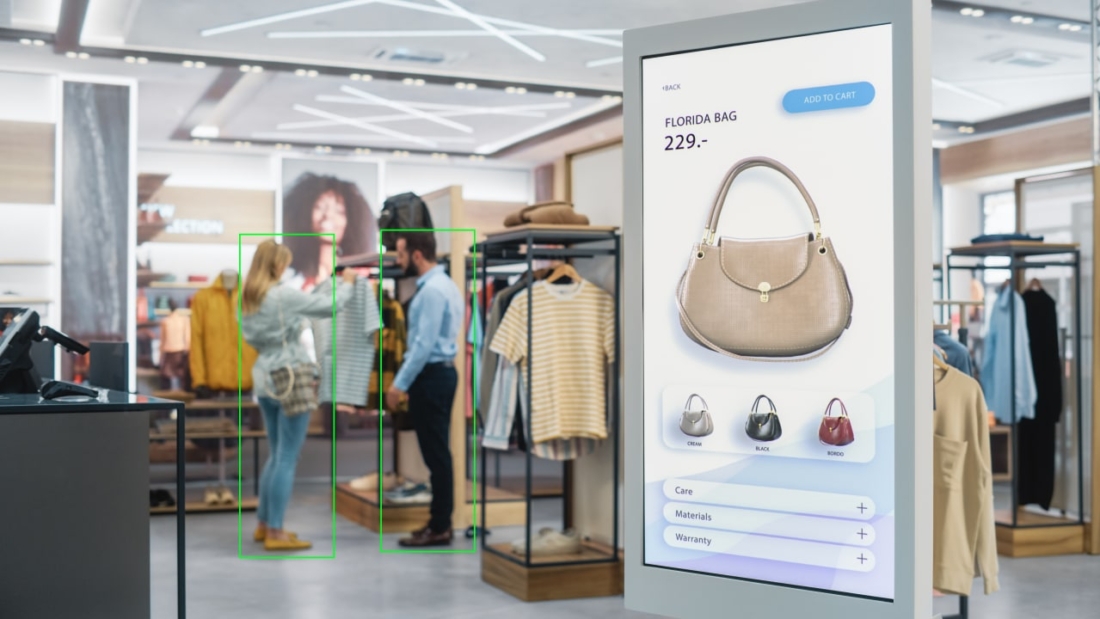There are already over 700 million CCTV cameras installed in cities worldwide, with 20 cities having over 10 cameras installed per every 1,000 residents. Furthermore, video data captured by privately owned cameras, body-worn cameras, smartphones, drones, and dashcams offer additional precious sources of intelligence that cities can use to improve efficiency, effectiveness, and safety of policing.
The fast technological evolution, widespread adoption, and affordability of video hardware – including CCTV, IP cameras, HD 4K cameras, 360° cameras, drone cameras, dash cams, smartphone cameras, wearable cameras – provide a broad variety and high volume of data that national and city public safety agencies use as a force multiplier, to radically rethink workflows and operations to increase productivity. However, the huge volume of camera feeds must be monitored continuously to improve the productivity of policing, an activity that human cannot carry out effectively. As a result, it is crucial that public safety authorities invest in video intelligence. That is not only the ability to capture more video surveillance images, faster and in a more accurate manner, but most importantly to apply advanced artificial intelligence capabilities to:
- Detect people, objects, and events with high accuracy and speed.
- Recognize people, objects, and events even in challenging conditions.
- Organize data and consistently apply appropriate governance policies.
- Analyze and interpret data to find trends, patterns, and correlations.
- Deliver 360° intelligent insights to improve public safety outcomes.
Advances in video analytics and artificial intelligence have drastically improved the accuracy and speed of detection and recognition of people’s characteristics, such as faces, body attributes, gender, age, as well as objects, such as vehicle make, body type, and color. Increasingly, the performance of humans in recognizing and interpreting images is being surpassed by computer vision. In essence, city public safety authorities can let the software do the heavy lifting and alert human operators when it detects anomalies, thus reducing the lag time needed to dispatch first responders. Or it can flag suspects by matching millions of images with criminal records, thus speeding up the work of case investigators on the thousands of petty crimes that consume most of police time and resources and instead free up their time to focus on more complex investigation. For instance, Beijing Public Security Bureau estimated that thanks to surveillance cameras, officers detained 5 percent more suspects in 2015, compared with 2014.
The convergence of massive volumes and variety of images with advances in computer vision software made affordable for cities to deploy video intelligence capabilities on a variety of architectures, from core datacenters, to cloud to embedding computer vision in edge computing. As a result, cities have been able to expand the public safety use cases, in which they can surveil, detect, recognize people, objects and events, interpret patterns, and empower better decisions with high accuracy and speed. These use cases include crowd monitoring, searching for criminals, identifying missing people in case of emergencies, improving access control, enhancing physical security in schools, hospitals, airports, and sport arenas, and, of course in the COVID-19 aftermath, monitoring behavior that could increase the risk of spreading of viruses.
There are three main usage scenarios in which artificial intelligence algorithms improve the productivity of day-by-day policing in cities:
- Recognize faces (or body attributes) rapidly by processing video streams from the city’s CCTV system at a fast rate, rather than waste time of human operators staring at millions of frames. The computer-recognized face’s feature vector and metadata (e.g. time, location) can then be stored as an object in a database for future usage. The stored object is totally anonymous and cannot be used to reconstruct the original video frame, thus inherently protects individuals’ privacy.
- Match faces captured by the city CCTV system with video footage from criminal records to establish identity and involvement of suspects in a crime, hence speed up criminal investigations. In fact, academic research demonstrates that when video footage is used, crime clearance rates improve14. Besides matching a face (or body shape) of a known criminal to identify him/her as the person that committed a crime at a certain location and time, the face recognition metadata also allows for more complex investigations, such as placing a certain person near (in time and space) other people that may be involved in the crime. These analyses must take place in compliance with regulation on police investigative power and authorizations granted by magistrates, thus it is important that the matching algorithms are processed within police-protected IT systems.
- Conduct real-time searches of suspects to identify their current location to enforce arrests. Accurate and current information on the location of the suspect is important to ensure not only the efficacy of the arrest, but also the safety of officers. Similar real-time searches can be used to identify individuals that, for example, have been banned from entering certain facilities, such as sports arenas, thus block them before they do so, while not imposing burdensome personal inspections to every legitimate spectator.
The combination of massive amount of video with these artificial intelligence capabilities bears the potential for city public safety authorities to work much more efficiently and effectively, thus reducing criminal behavior, by showing how much faster police can punish bad behavior.
Furthermore, cities that have invested in face, body shape, vehicle recognition can use the capabilities in other city domains, such as traffic intelligence to identify congested roads and recommend alternative routes, infrastructure condition monitoring for preventive maintenance, and flood or other natural disaster monitoring to enhance safety and search of missing persons.
What we offer:
- Off-the-shelf face, body attributes, and object, in particular vehicle, recognition capabilities that are primarily applied to public safety use cases, and the agility to extend and re-train algorithms for other use cases, such as traffic intelligence.
- High-performing algorithms that can work with data from real-time video streams or large video databases.
- Beyond object detection and recognition, the software can carry out analysis finding trends, incidents, and correlations to build video intelligence solutions.



